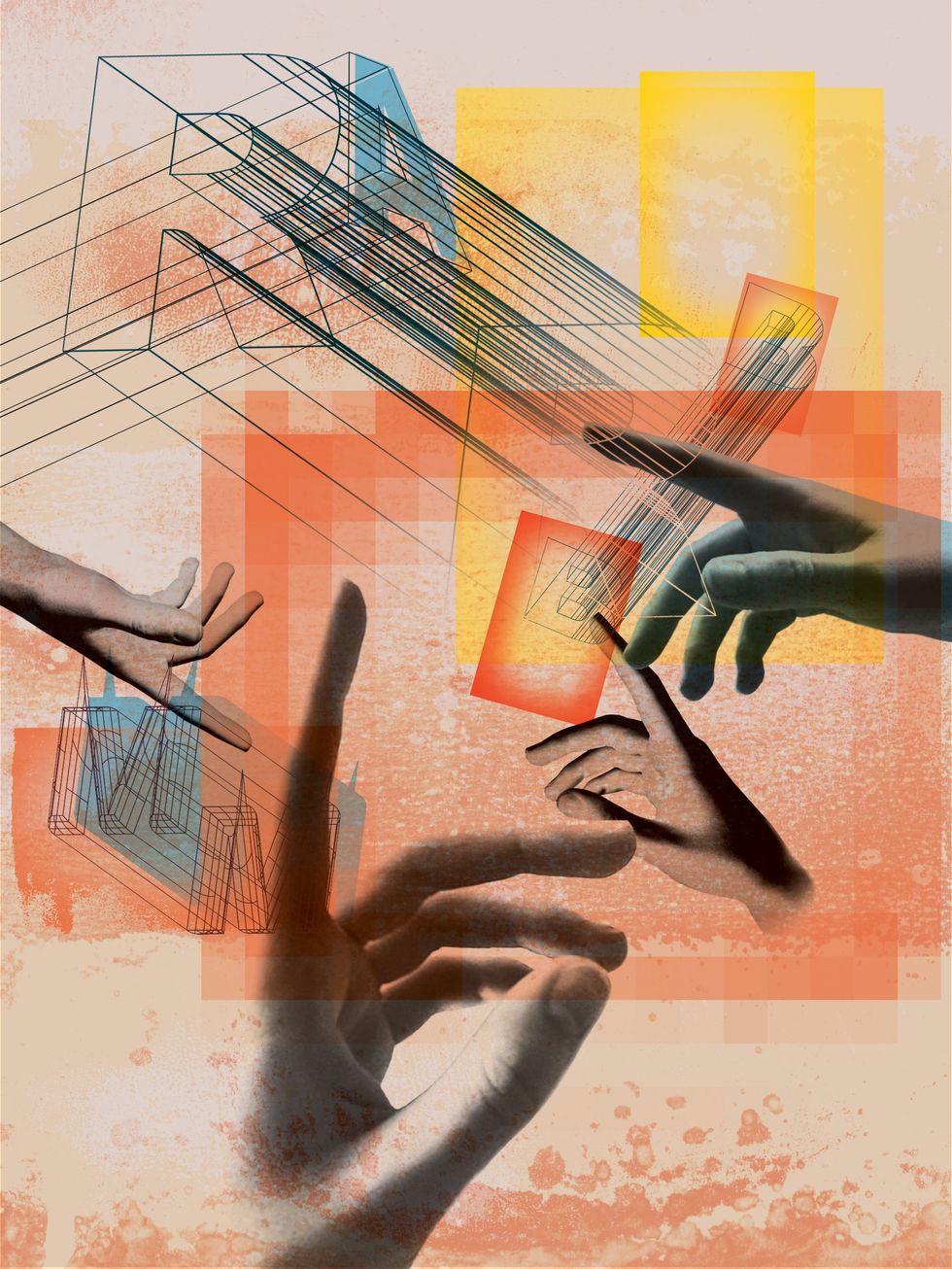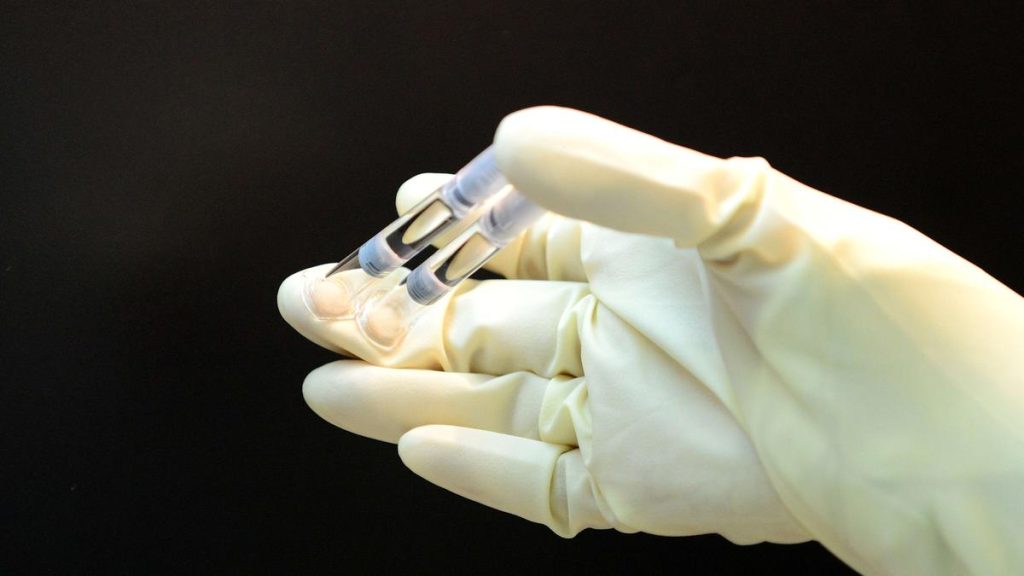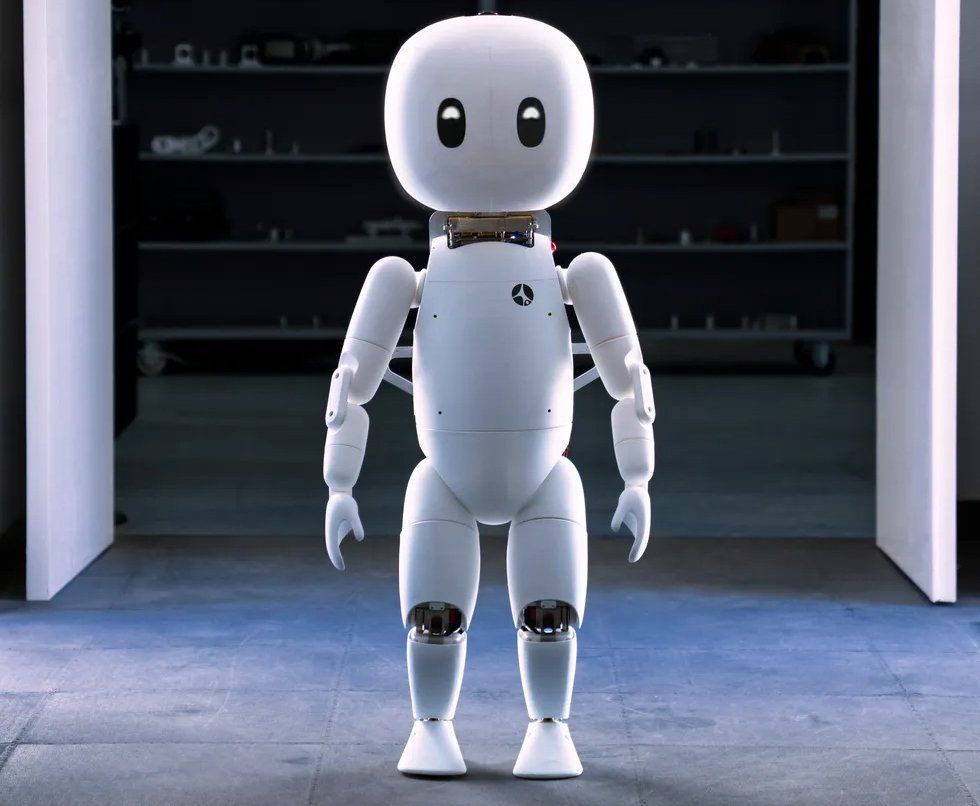Now Reading: Amplifying Voices: Advocating for Nonspeaking Autistic Individuals
-
01
Amplifying Voices: Advocating for Nonspeaking Autistic Individuals
Amplifying Voices: Advocating for Nonspeaking Autistic Individuals

Swift Summary
- Development of AR Communication Tool: Researchers at the University of Virginia and the University of Calgary developed a prototype called HoloBoard using augmented-reality (AR) technology to help nonspeaking autistic individuals communicate independently.
- Research Findings: Peer-reviewed studies revealed that most nonspeaking autistic participants could wear AR headsets like Microsoft’s HoloLens 2 and type short words on the HoloBoard despite doubts about their motor or cognitive abilities.
- Challenges for Nonspeakers: Historically, assumptions about inattentive behavior or low scores on tests due to motor challenges have limited access to effective communication tools, with many existing methods relying heavily on human assistance.
- User-Centric Design: The project was shaped by input from nonspeaking autistic people, prioritizing comfort, customization features like size and color schemes for holograms, alternative activation methods (e.g., eye tracking), and minimization of sensory overload.
- Training Motor Skills in Users: Built-in training activities were designed to allow users to practice movements needed for typing during AR sessions. Most participants learned quickly after short training sessions.
- Challenges in AR Implementation: High costs ($3,500 per headset), sensory limitations (restricted field-of-view in devices), computing power constraints, bulky designs unsuitable for prolonged use are barriers requiring ongoing research into lighter glasses and external rendering systems.
- Future Innovations: Development is underway for virtual CRPs-AI assistants that guide users emotionally and practically-to complement efforts toward autonomous communication.
Indian Opinion Analysis
The development of augmented reality-based solutions like the HoloBoard offers a transformative perspective on addressing communication barriers faced by nonspeaking autistic individuals worldwide. Such innovations align with principles of accessibility while demonstrating how user-centric technological design can open doors previously thought unachievable. For India-a country with one of the highest populations affected by autism spectrum disorders-the innovative applications presented here could spur vital discourse about equitable access to assistive technologies.
Key considerations lie in adoption feasibility: factors such as affordability ($3,500 per headset) could present steep roadblocks amidst India’s diverse socio-economic backdrop where public health infrastructure already stretches thin. However, leveraging open-source platforms or adapting lower-cost hardware options introduced in this study may make such systems more accessible domestically.
India has made strides towards inclusion through policies under disability acts but can further benefit from research collaborations similar to those described here-engaging neurodivergent experts locally into co-designing solutions tailored toward cultural contexts while challenging unfounded assumptions regarding cognitive-capacity stereotypes pervasive across societies globally.
In summary: Augmented reality tools represent promising pathways toward social integration; however clear economic strategies will be key If scaled implementations emerge fostering independence among affected marginalized subsets connecting voices nuanced yet unheard safely empowering reliability future trajectory.




























